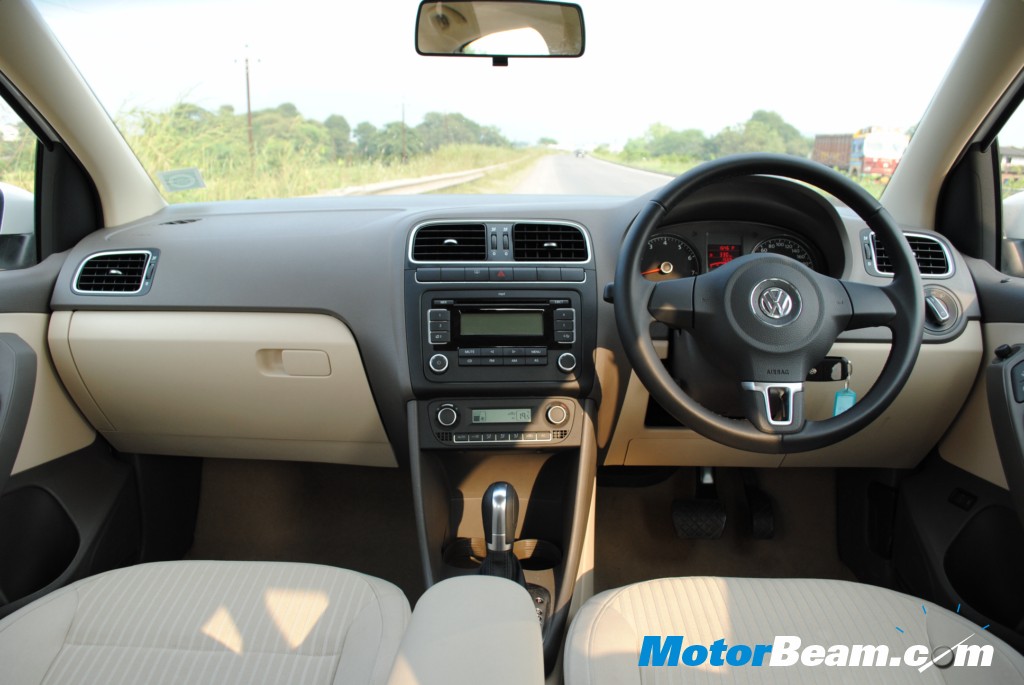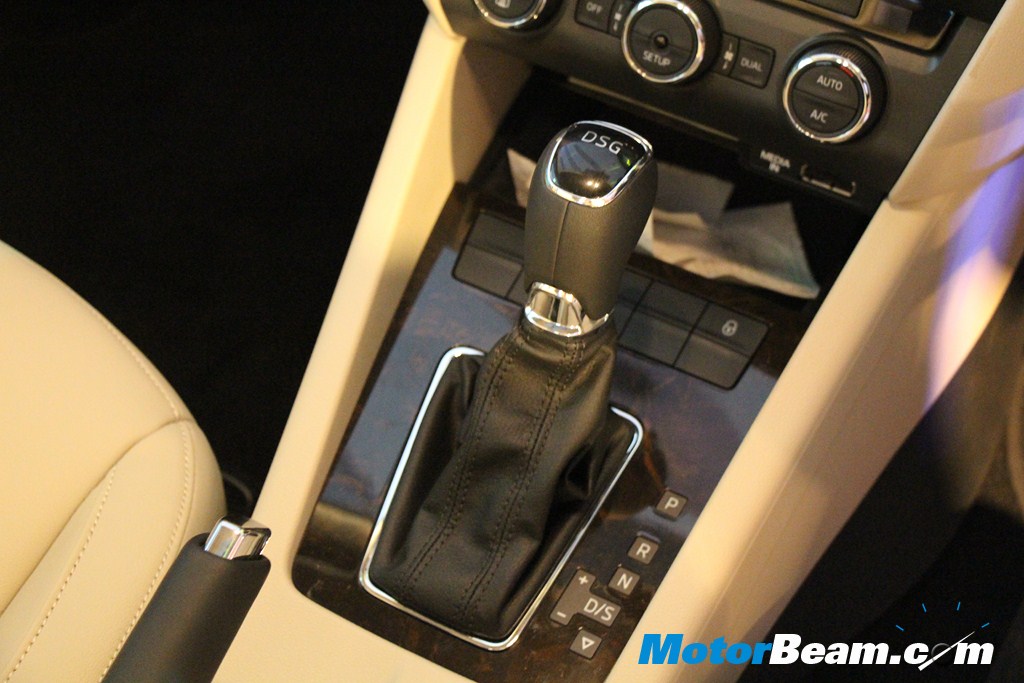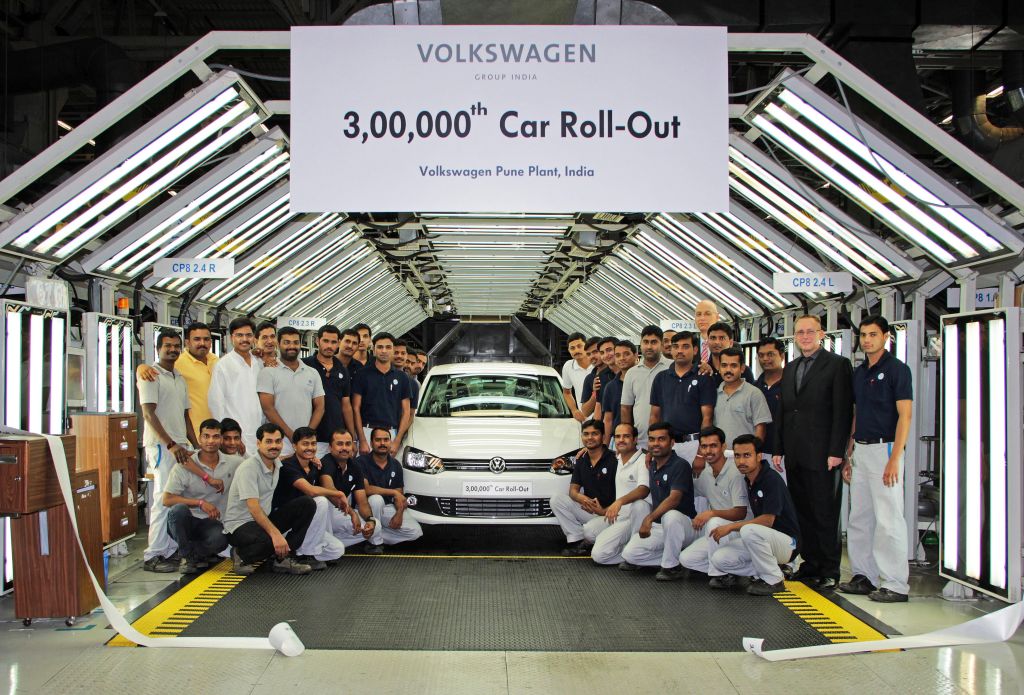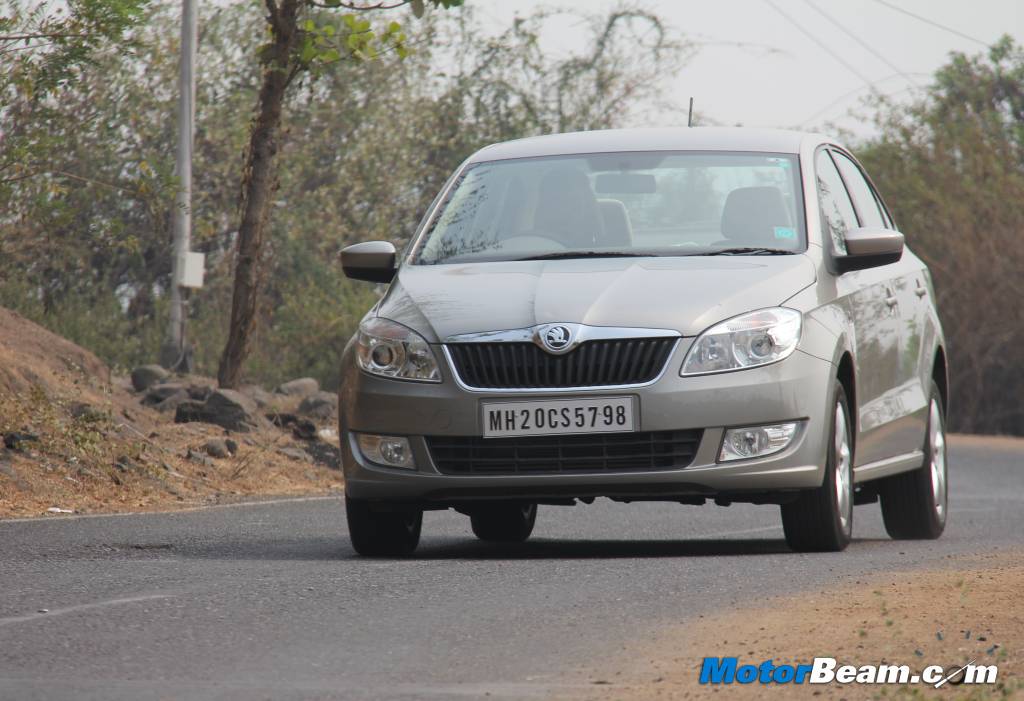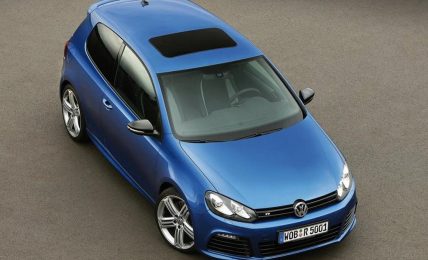The evolution of modern technology has led to the replacement of conventional transmission setup in quite a few cars with automatic transmission which are now getting advanced with dual-clutch units. The number of gears are incorporated depending upon the powertrain and these transmission setup works with the help of a pre-programmed micro-controller or an on-board computer. The efficiency of the automatic transmission vehicles is less than the manual transmission vehicles but the automatic setup reduces the effort of driving to a large extent.
The Volkswagen Group, which has been using DSG gearboxes for their automatic transmission vehicles is considering an option to switch to an 8 or 9-speed torque converter automatic transmission for their light vehicles like the Up! and Polo. The second generation Up! and sixth generation Polo which are due in the second half of this decade will most probably use automatic transmissions supplied from an outside source such as Aisin or ZF.
This move may be undertaken to reduce costs as the present generation vehicles are not selling in large numbers due to the operational characteristics of DSG and hence, there isn’t the necessity of development of a new generation DSG suitable for small vehicles. The fuel efficiency gap between a dual clutch and torque converter automatic is very close and this is another key point for the switch-over.
Urban car drivers prefer the instantaneous take-off acceleration as well as the reduced NVH properties provided by the torque converter automatic transmission applications which are not evident in the traditional DSG setup. In order to accommodate the upcoming torque-converter automatic setup, the 2016 Polo replacement will be built on a variation of the new MQB-AO platform underpinning the latest Golf, but will use a new modular front end version of the NSF architecture originally devised for the current Up! and its spin-offs.


